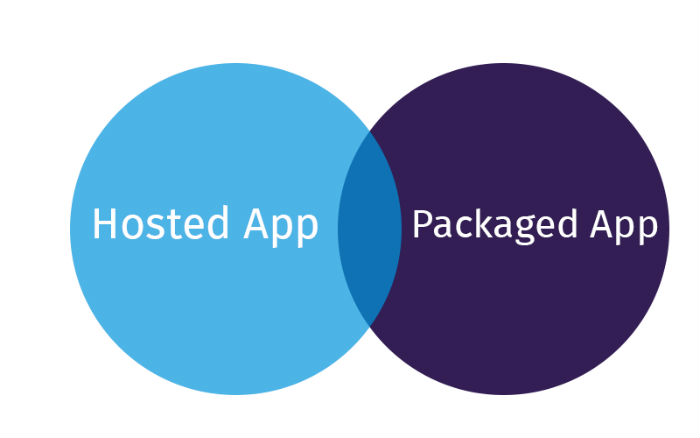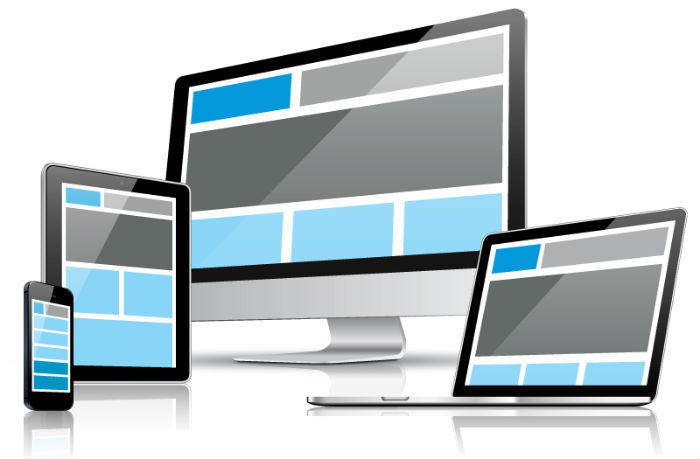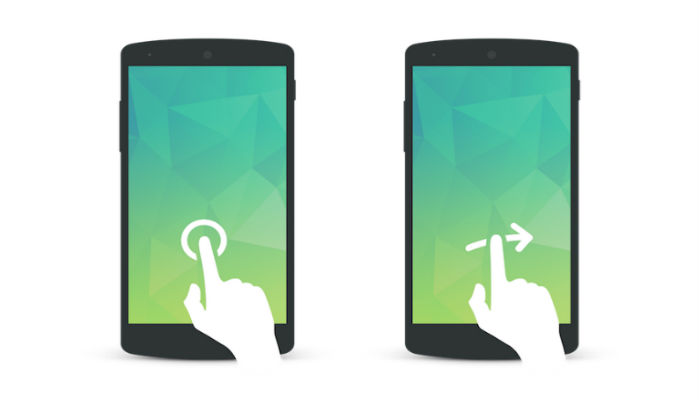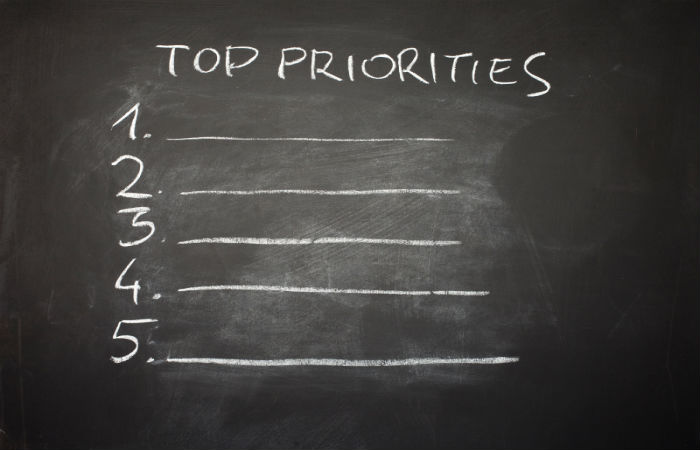The mobile industry has taken the web by storm, and it’s a fact proven beyond any shred of doubt. The rising popularity of smartphones and tablet devices have given businesses new ways to connect and engage with their audience on the go. Mobile phones are becoming a significant part of our life and they show no signs of being supplanted. Entrepreneurs are going all out to create mobile-friendly versions of their website and apps that add an edge to their business.
Mobile applications continue to gain momentum in the realm of digital technologies. They work great in providing business owners an opportunity to promote their products and services efficiently. Applications come handy when it comes to reaching right audience at the right time. They have the potential to make services more flexible and users more informed.
However, building a mobile app isn’t easy as pie. There are a lot of factors one needs to consider before giving a final shot. Developing a mobile app involves creativity, forward-thinking, and an eye to detail. It requires a strong foundation of research and planning. You might have an out of the box plan and all the resources in the world, but how the final product should be executed can make or break your success. With this in mind, here is a list of some professional insights that might assist you in developing a well-designed mobile application.
1. Learning the Design Pattern

Whether it’s a website or an app, planning and understand the design pattern is a must to provide a pleasurable user experience. Before you start writing the code, make sure you gain an in-depth knowledge regarding the existing and regular design patterns for your app. Sketch your app on a paper, do some research relating to the interface, navigation, menus, etc., before doing anything else. You can also try downloading some existing themes for your app and test their relevancy. Testing will help you determine the most suitable design for you application.
2. Choosing the Right Type of App

There are mainly two types of apps- packaged and hosted. Packaged apps deliver all its content directly onto the user’s device, while the latter one delivers the apps access on demand from a web server. Each type of app has its own pros and cons, so better analyze them before making the final decision.
3. Designing for Multiple Devices

Since your audience can choose to operate any device, it’s important to opt for the multiple device targeting strategy. When designing for a number of devices, make sure you keep their specification differences in mind. There are some factors that need to be taken care of while developing for multiple devices. They are- screen size and resolution, network bandwidth, connectivity, storage space, and so on. Also, your choice of mobile OS dictates your target device type. Whenever you proceed to develop for multiple devices, it is critical to analyze the functionality that is available on the device and based on this knowledge, you can start customizing the code for your app.
4. Leverage the Advantages of Templates

When designing your app, it is good to use prebuilt templates and code snippets wherever it is possible to do so. Nowadays, there are a great deal of programs and tools available that help you get started with your project and give a boost to your app development endeavor. Use them to reduce cost your overall development time and money.
5. Not to Forget About Gestures

Touch and gestures interactions play a significant role in making a mobile experience fun and easy. These gestures add value to the user experience of a mobile application. They also feel very intuitive to users. So, while designing an app, make sure your designer knows well how to integrate gestures- particularly multi-touch gestures. There is a whole array of gestures, such as swipe, flick, drag and pinch zoom. While planning for gestures, it is equally important to make your app responsive because this way it shows users that your app can feel what they are doing and also responding to it.
6. Go Deep To Understand Your Users Motivation
Your users’ motivation matters a lot than anything else. You need to understand what actually motivates them and place triggers accordingly. If you follow this method, you would have a solid foundation created for your app. If you don’t, then all your conversion and growth plans would be a vain attempt.
7. Focus on The Details
A mobile app should be responsive, easy to use, and trendy to look at. Invest some time and efforts planning its smallest features and design details. No to forget, there is a limited amount of space available on mobile devices, so make use of it in the best possible manner. If executed well, then people will definitely notice and appreciate your eye to detail.
8. Keep the File Size Small
Mobile devices have less storage space as compared to desktop, so you need to keep your file size small and fewer in numbers. A small sized file is capable enough to provide its users best possible experience with the app for a longer period of time. Therefore it is important to make the best what you have in order to concatenate, gzip, and minify your apps. Do everything you could do to speed up things and cut down the amount of data your application has to consume.
9. Tailor Your Design
While developing a mobile app, it is critical for you to analyze the behavior and device usage patterns of both Android and iOS users. Try to explore the difference between them and what actually makes them unique. Such kind of knowledge will help you understand how these users will respond to different features, content, and monetization strategies of your app. The more you understand about the two operating systems, the better you can plan your app design to meet their needs.
10. Language Localization is Equally Important

Planning an effective language localization is a must to encourage app adoption and penetration. Your application design should be universal enough to attract a large pool of user base. The majority of HTML5 based mobile operating systems (like Firefox) have a large number of non-English speaking audience, therefore language localization is extremely important. Irrespective of whether it’s a hosted or packaged app, content must be rendered on the basis of users’ location.
11. Design an Evoking Icon
![]()
As the power of mobile devices has become so much more evident, it’s crucial for online businesses to communicate their objectives clearly to its audience. With the application store being flooded with a herd of similar applications, online marketers often struggle to create their distinct entity and to establish their legitimacy. In this regards, having a unique and attractive icon serves better when it comes to sending across a brand message. Icons are the first thing your customers notice and make an app recognizable. So, make it as appealing and clear as you can. In addition, it should also be visible, legitimate, and comprehensive.
12. Establish Priorities

Once you are done with identifying bugs that need to be fixed, you’ll probably proceed to introduce new features and functionality within your app. This is rather a tricky process because members involved in the process have their own conflicting views. This can also consume your precious amount of time because reaching to an exact consensus becomes difficult. However, there is a method called KJ Technique that allows group members to establish design priorities. Using this technique, members can note down their ideas and also see other ideas, and select the most appropriate one.
Conclusion
And there we have it all. The above mentioned tips and tricks will help you develop a creative and groundbreaking mobile application. Just implement them to create a mobile stir.
Author Bio: Victoria Brinsley is a veteran Android developer with Appsted Ltd – a reputed Android development company. She can also assist you to explore more about this development platform and related technology.
